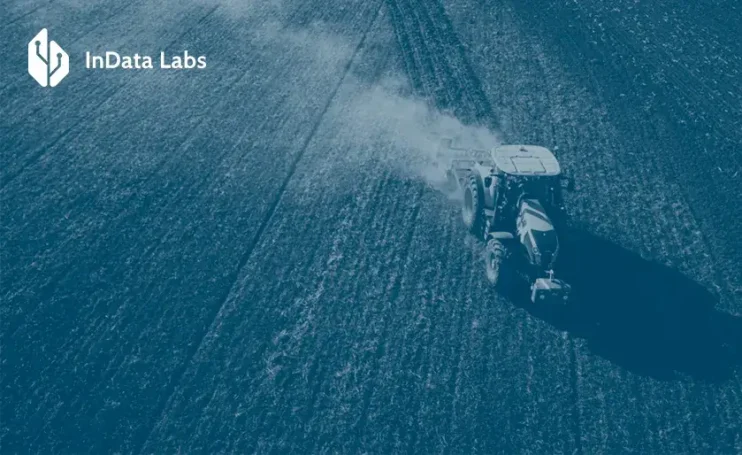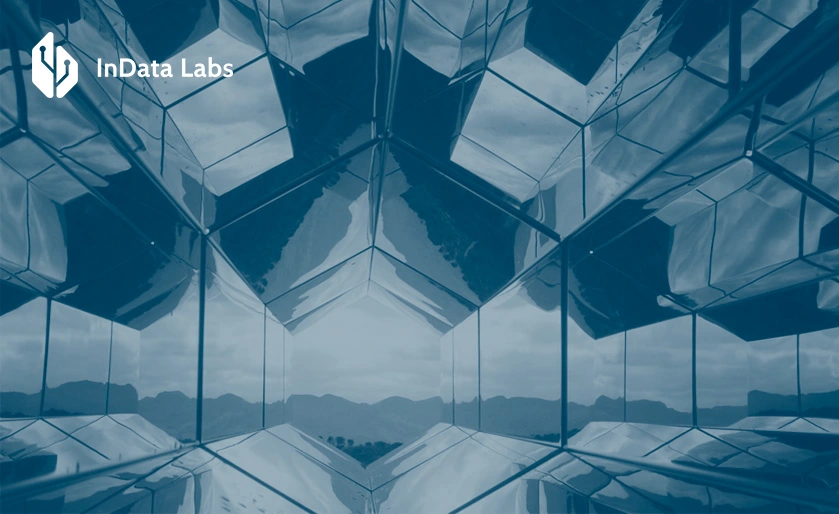Food is a basic need of human beings that is now satisfied through farming. Machine learning in agriculture can optimize the way food gets to our table and revolutionize one of the most critical sectors of the economy.

Machine learning seems to be a perfect tool for this purpose. It can help us increase efficiency and accuracy in decision-making while simultaneously minimizing risks and costs associated with agricultural operations.
Some companies make use of AI software in agriculture by utilizing machine learning for various processes. These tools can make a real difference in agricultural productivity and profitability by reducing waste while enhancing product quality.
Today, we’ll have a closer look at machine learning and artificial intelligence in agriculture projects and applications. We’ll also touch upon crucial ML benefits for business and the current state of artificial intelligence and machine learning in agriculture.
How machine learning can be used in agriculture: main drivers
Agriculture is an essential sector for any economy. Unfortunately, its market is volatile. Thus, the drought can easily impact future commodity prices and have serious repercussions on all food prices. Moreover, farming is an extremely challenging undertaking.
Climate change, soil erosion, and biodiversity loss can cripple the business, as are customers’ shifting tastes in food. The natural environment with which farming interacts continues to present its own set of problems. In addition to a growing population, sustainable agriculture is also threatened by urbanization. And the only way to meet the growing food demand is to keep track of crops, the environment, and the market.
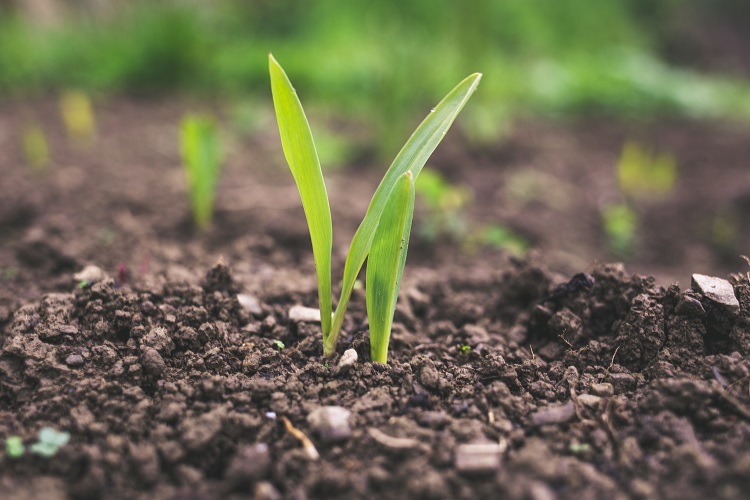
Source: Unsplash
This is when machine learning applications in agriculture step on the scene. By analyzing real-time sensor data and historical trends, machine learning and agriculture can empower farming decision-making. With artificial intelligence used in agriculture, manufacturers can better predict demand, improve crop yields and reduce food production costs.
The current statistics attest to the rise of artificial intelligence and machine learning in agriculture:
- As of 2025, the global AgTech market is currently worth $26 billion.
- The AI Market in agriculture industry is expected to grow from USD 2.08 billion in 2024 to USD 5.76 billion by 2029, at a CAGR of 22.55% during the forecast period (2024-2029).
- IoT in agriculture market size is to grow to USD 78.85 billion by 2030, growing at a CAGR of 12.6% in the forecast period (2023-2030).
The benefits of tech advancement are better visible in the applications that use machine learning. With that said, let’s look at the most popular application of machine learning in agriculture.
How can machine learning be used in farming
Machine learning can be applied to farming in various ways to optimize processes, increase efficiency, and improve outcomes. Here are several ways machine learning can be used in farming:
- Crop monitoring and management
- Predictive analytics for yield optimization
- Precision agriculture
- Livestock monitoring and management:
- Supply chain optimization
- Crop disease detection and management
- Market forecasting price prediction, and so on.
Overall, machine learning has the potential to revolutionize the agriculture industry by providing farmers with valuable insights, enabling more efficient resource management, and ultimately increasing productivity and profitability while minimizing environmental impact. In this guide, we’ve dwelt on most of these applications as of 2025, hoping you’ll turn them into some amazing agriculture project ideas in the future.
Deep learning in agriculture
Deep learning has got great potential for the agriculture industry. It offers modern techniques for accruate image processing and data analysis, enabling tacking various agricultural and food production challenges such as forecasting cost of cultivation, infertility prevention and crops management, harbicides and pesticides recommendation, manual labour reduction, and so on.
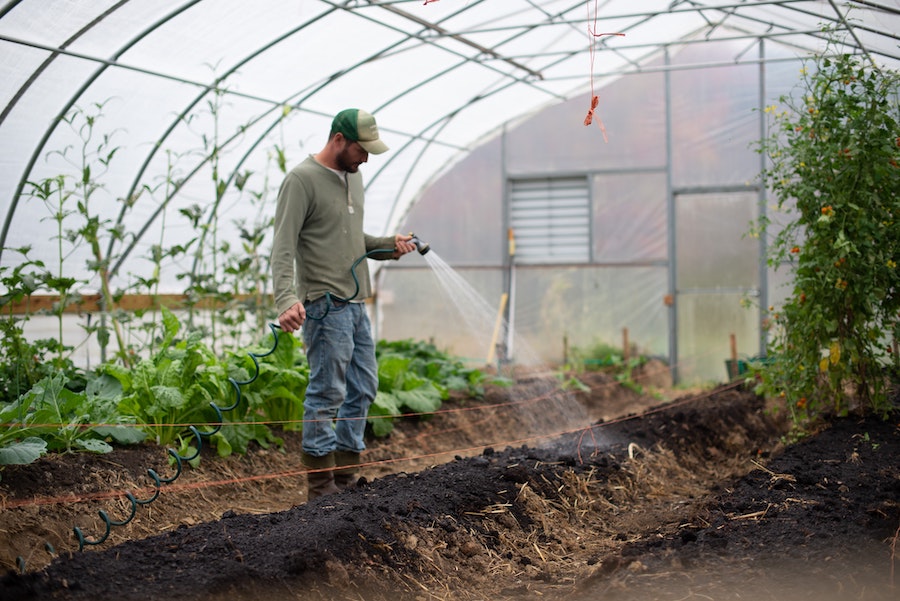
Source: Unsplash
Top application of machine learning in agriculture
The advent of IoT and other technologies has created a breeding ground for real-time monitoring. Agriculture machine learning applications in agriculture rely on real-time data to deliver exponential gains for farmers. AI and machine learning prove to be strong catalysts driving 24/7 security of remote facilities, better yields, and pesticide effectiveness. Yet, smart machine learning solutions don’t end there.
Crop management
Crop management is a huge layer of pre-harvesting activities that is responsible for future yields. However, this is one of the most challenging stages of the agricultural lifecycle. Increased frequency of drought, higher temperatures, unpredictable wetting, and drying cycles can influence crop resistance. Therefore, machine learning development is widely leveraged to amplify this stage.

For example, crop variety selection is one of machine learning in agriculture applications and techniques. To become disease- and weather-resistant, crops should have the right gene sequence. ML-based deep learning can simplify the task of crop breeding. Algorithms simply collect field data on plant behavior and use that data to develop a probabilistic model.
Crop yield prediction is another instance of machine learning development in the agriculture sector. Machine learning and agriculture amplify decisions on what crop species to grow and what activities to perform during the growing season. Tech-wise, crop yield is used as a dependent variable when making predictions. The major factors include temperature, soil type, rainfall, and actual crop information. Based on these inputs, ML algorithms like neural networks and multiple linear regression produce forecasts.
Precision spraying
Crop health heavily depends on spraying to prevent the infestation of pests and diseases. Machine learning projects in agriculture address this area as well. Precision or targeted spraying is the technology that takes the best from intelligent software and computer vision in the agriculture sector. Thus, the technology obtains the target information such as the size and shape of the plant, and then applies herbicides as needed.

Source: Unsplash
The benefit of this technique is that it allows for a more precise application of pesticides and fertilizers based on crop type. Precision spraying involves images and spectral signatures of plants, soil, and other substances to determine which chemicals should be applied. This technology minimizes the risk of crop damage while maximizing crop yield.
Israelis Greeneye Technology is a prominent example of this use case. Their AI-enabled precision spraying technology is proven to cut herbicide use by 78% and minimize costs by more than 50%. The software is compatible with any brand or size of the commercial sprayer, eliminating the need for farmers to shell for new equipment.
Insect detection
Insects are a major threat to crops in agricultural facilities. Each year, between 20 to 40 percent of global crop production is lost to pests. To protect the facility, farmers use pesticides, but this not only kills the insects, but also the other small pests that live around the farm.
Therefore, discerning the “bad actors” is difficult when done manually. The use of drones to detect insects in farming is not new, but the use of machine learning in this process has seen an increase recently. Thus, machine learning companies help farmers label pests to capture and identify them.
To do that, data engineers first use real-time images of insects. In a research project, they then based the detection and coarse counting method on YOLO object detection, and the classification and fine counting on Support Vector Machines (SVM) using global features. Combined, this data allows a computer vision model to accurately identify bees, flies, mosquitoes, moths, chafers, and fruit flies with an accuracy of over 90% and counts them with an accuracy of over 92%.
Field conditions management
One of the most important aspects of farming is soil and water management. But with such a large number of variables, it can be hard to manage them all.
That is why farmers collect information about soil and water conditions on their farms. The latter can then be input into a computer-controlled system, and produce recommendations for fertilizer application rates, pest control options, and irrigation schedules based on the weather forecast.
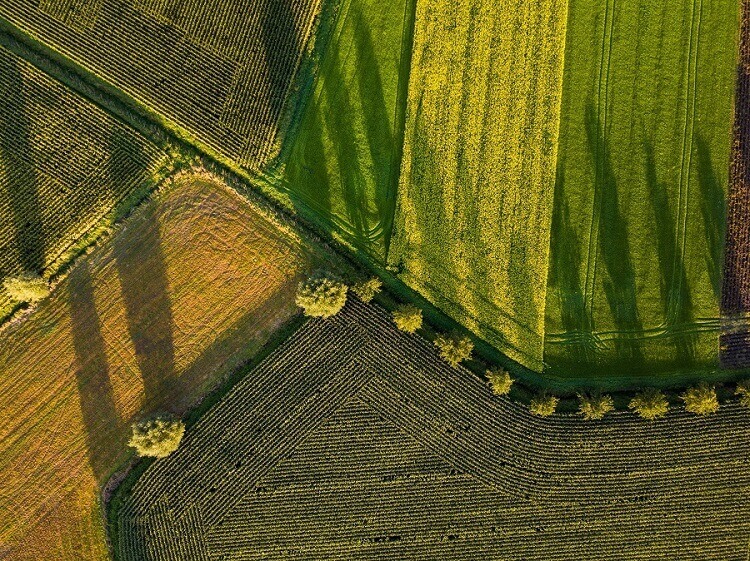
Source: Unsplash
Machine learning is also implemented to calibrate soil sensors. These joined forces then help predict nutrient deficiencies and water stress. In agriculture, soil moisture impacts crucial farm activities from crop selection to timing of tilling and harvesting.
Moisture is usually predicted using weather data and variables from soil and crops. Then empirical, regression, and machine learning methods amplify the prediction. This application allows for more data-driven water resources planning, better yields, and reduced costs.
Yield mapping
Every farmer wants to get the most out of their crops and reap all of the possible benefits. One way to do so is by planning your harvest and determining what each field can produce. One of the most exciting developments in this area is called ‘sensing and mapping’. This technique refers to using imaging techniques and digital image processing to map a field’s yield.
Essentially, yield mapping is a part of precision agriculture. It helps highlight the differences in the soil in various regions of the farm. Mapping also offers data on moisture content and enables the farmer to address various related issues in the farm.
A common approach to yield mapping is using machine learning to use data from past years. This way, farmers can identify which area will be most and least favorable for crops. This application can also involve a variety of sensors like grain flow and header position ones to generate additional insights. Yield mapping also acts as a complementary technology in perfecting fertilizer usage.
Livestock management
Animal welfare and livestock production are also among salient machine learning in agriculture applications and techniques. The technology can be applied to a number of different areas. These include animal welfare assessment, predictive modeling of animal production, as well as estimating the environmental impact from livestock operations.
Thus, farmers can get a better idea of livestock well-being by monitoring vitals, daily activity levels, and food intake. In Uganda, farmers detect livestock diseases 2 days before they manifest. This technology relies on a chip with a sensor that is connected to an RFID reader, and users’ mobile phones or computers. This way, the software can detect and monitor most health aspects – from eating to fertility. Take a look at the computer vision use case for the cattle industry:
Animal behavior classification can also identify a link between chewing signals to the need for diet changes. The amount of animal stress is also tracked by classifying their movement patterns. This application of machine learning in agriculture generates whole new insights into how farms might be more profitable and better manage livestock.
Price forecasting for crops
For decades, economists have tried to forecast prices for crops using statistical models. But with the advent of machine learning, there are now cutting-edge ways to get a much more accurate prediction of crop prices. These forecasts can become invaluable assets for making better economic decisions.
The prices of agricultural commodities are volatile. They are subject to numerous variables, including climate, government policies, demand, and others. Machine learning in agricultural and applied economics can help organizations understand price fluctuations and offer risk management measures. For example, the government can support the sector by providing loans. Farmers can also get prepared by increasing or decreasing crop production.
Price prediction is also helpful for deciding on the types of crops for planting. From a technical standpoint, predictive analytics relies on agriculture datasets for machine learning. A great number of factors are fed into the algorithms. The latter may include historical pricing, location, climate, crop data, and others. These variables, in turn, come from a variety of data sources such as aerial imagery, weather sensors, and others.
Automatic weeding
Weed control is a very important task for agricultural production. It is necessary to identify the weed types and then remove them so that the crop yield doesn’t suffer. Manual weeding can take up a large chunk of time, while also being back-breaking work.
Some years ago, farmers resorted to using herbicides, but those have been shown to have negative effects on the environment. A new alternative is already on the horizon – a robot programmed with machine learning technology.
This year, a UK farmbot field trial demonstrated a robot-assisted approach to weeding. The killer robot, called Dick, can target individual weeds in arable crops and eliminate broad-leaved weeds using pattern recognition. Its counterpart, Wilma, collects field data, including weed location. Wilma then transmits the data to Dick and offers ways to enhance yields at the individual plant level.
Another weed assassin, the Carbon robotics weeder, relies on high-resolution cameras and an intelligent camera processing unit. Eight lasers, each with 150 watts of power, are used to detect weeds in the bed. The lasers then burn out the weeds at the point of growth and prevent them from further growth.
Automatic harvesting robots
A recent study revealed that fruit and vegetable production globally has increased by more than 50% in the past 20 years. With this increasing production rate, there is a need to develop better methods for harvesting, sorting, and eventually transporting produce to various destinations.
To do so, the best machine learning companies are striving to build intelligent tools to automate the harvesting of agricultural produce. These technologies help the robots to be more accurate with picking out specific types of fruits or vegetables based on their shape, size, or color. The use of automatic robots helps minimize the harvesting time which ultimately increases the profits of the farmers.
The mechanical harvesting of potatoes and carrots isn’t new. However, leafy and cool-season vegetables used to present the biggest challenge for harvesting. Since they cannot withstand rough handling, their picking used to be manual.
Today, ML-powered robots can identify and harvest this type of produce. Dubbed Vegebot, the automated harvester can recognize and harvest vegetables when maintaining their quality. Moreover, robots can potentially minimize food waste by performing multiple passes on the same field. This will help farmers pick ripe vegetables that weren’t ready for harvesting during previous passes.
The final word
Today, machine learning in agriculture is one of the fastest-growing areas. Its applications in farming range from simple analytics systems to complex robotics hardware. Therefore, a growing number of stakeholders are raising awareness of the potential advantages of using ML agriculture and collaborating with Data Science and AI companies to get reliable input data for the data analyses.
Data-driven approaches, in turn, foster better decision-making, greater efficiency, and less waste. In the coming years, we’ll witness more digital agriculture with a projected market value of $4.0 billion by 2026.
